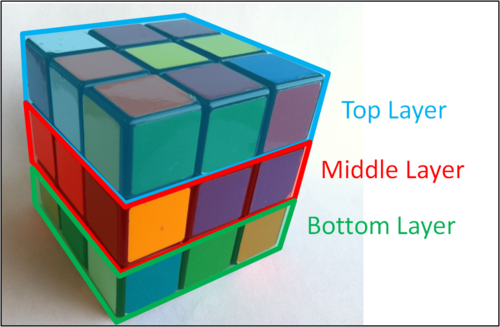It’s Discounted, but Is It a Deal? How List Prices Lost Their Meaning
Recently I read an article on the New York Times about how some prices on retail websites were listed to look like they were more expensive than they actually were.
For example, the Cuisinart Mini-Prep Plus Processor is $40 on the Cuisinart website, but is listed at $75 with a $35 discount on Amazon. It looks like a good deal, but is it really? However, on some other products, like the Razer BlackWidow Chroma (http://www.amazon.com/Razer-BlackWidow-Chroma-Mechanical-Keyboard/dp/B00MTWV0II/ref=lp_172487_1_6?s=pc&ie=UTF8&qid=1457288234&sr=1-6, http://www.razerzone.com/store/razer-blackwidow-chroma) sells for $170 on the Razer Website and $140 on Amazon ($30 discount). I'm not sure if all of the prices are accurate, or if some of them are just not updated as much.
It is a sales tactic that is drawing legal scrutiny, as well as prompting questions about the integrity of e-commerce. If everyone is getting a deal, is anyone really getting a deal? Overstock.com was recently found liable in a lower court for using misleading reference prices to exaggerate potential customer savings. It was fined $6.8 million, twice the size of the next-largest penalty for false advertising in California.
I think that the prices should be changed so that they do not deceive people into thinking that it is a good deal.
For example, the Cuisinart Mini-Prep Plus Processor is $40 on the Cuisinart website, but is listed at $75 with a $35 discount on Amazon. It looks like a good deal, but is it really? However, on some other products, like the Razer BlackWidow Chroma (http://www.amazon.com/Razer-BlackWidow-Chroma-Mechanical-Keyboard/dp/B00MTWV0II/ref=lp_172487_1_6?s=pc&ie=UTF8&qid=1457288234&sr=1-6, http://www.razerzone.com/store/razer-blackwidow-chroma) sells for $170 on the Razer Website and $140 on Amazon ($30 discount). I'm not sure if all of the prices are accurate, or if some of them are just not updated as much.
It is a sales tactic that is drawing legal scrutiny, as well as prompting questions about the integrity of e-commerce. If everyone is getting a deal, is anyone really getting a deal? Overstock.com was recently found liable in a lower court for using misleading reference prices to exaggerate potential customer savings. It was fined $6.8 million, twice the size of the next-largest penalty for false advertising in California.
I think that the prices should be changed so that they do not deceive people into thinking that it is a good deal.


Comments
Post a Comment